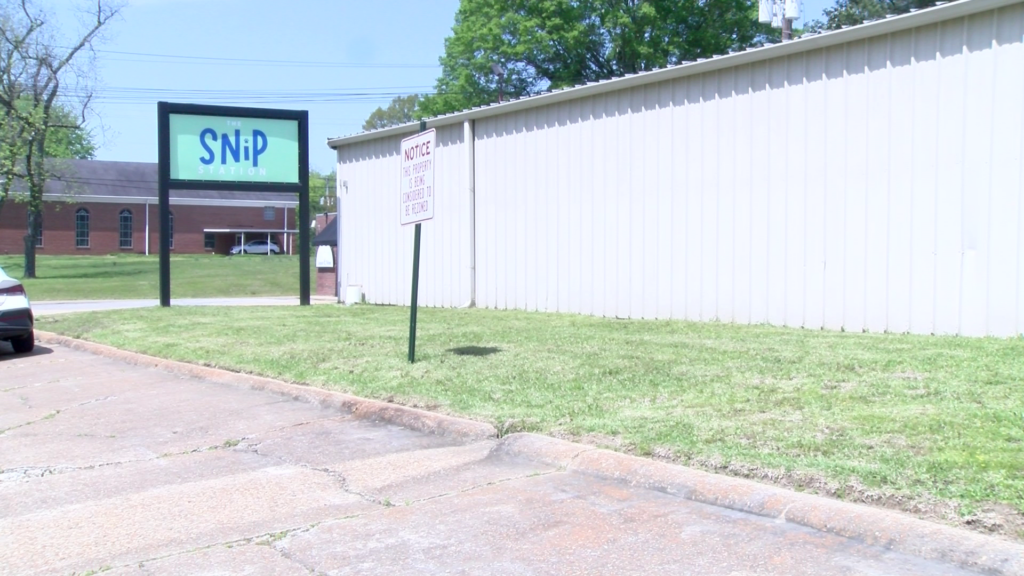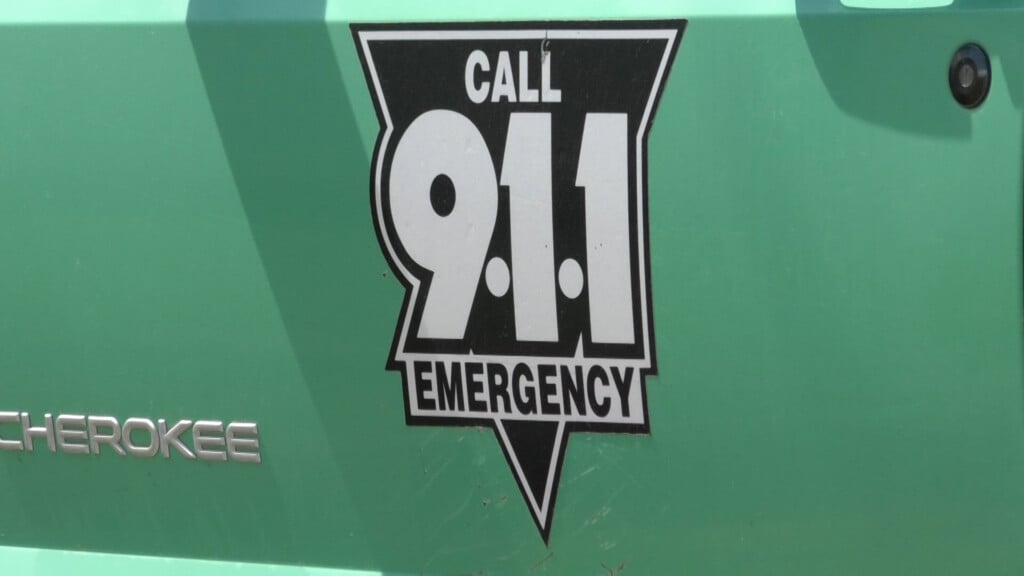Department of Education pulls already allocated funding
School districts had already started planning budgets when funds were suspended, leaving districts in a state of limbo.
MONROE COUNTY, Miss. (WCBI) – $137 million.
That is how much money Mississippi schools stand to lose due to a recent order from the Department of Education.
The order shortens the liquidation deadline for COVID-19 relief funds.
Chad O’Brian, the Monroe County School District superintendent, said what this means.
“Dollars that we thought we had additional time to allocate to a particular program or to a person or a service, that deadline has been rescinded,” O’Brian said. “And we’ve been told if you haven’t already spent the money, then essentially you’ve lost that money.”
Right now, it’s unclear where the money lost will go.
O’Brian said this makes it hard to plan for the future.
“That’s the difficult thing that districts are being asked to do,” O’Brian said. “We’re being asked to plan without knowing exactly what we’re planning for. Right now, we just don’t know where all this is headed. We know President Trump’s plan is to eliminate the Department of Education. Which I think people are fine as far as like education going back to the states, I think they’re good with that. But the question becomes: what happens to all the money? I think that’s where local educational leaders like myself will get a little nervous at that point.”
70% of Mississippi schools qualify for Title 1 funding.
Title 1 gives federal dollars to schools which serve low-income students.
Because the COVID-19 relief funds are disbursed based off of a schools title 1 allotment, 70% of Mississippi schools are figuring out what the next steps are.
Federal funds go towards things like teacher training, intervention services, and special education.
Shelly Collums with the district said not just the students benefit from special education, but their families do as well.
“It just gives them the support that they need,” Collums said. “Lots of times they don’t know where to go. They don’t know the resources that are available. And we just help them not only in the school setting, but we help them out in the the regular part of the world.”
Collums said without special education, many students in the program would simply fail.
“A lot of them would would struggle and many of them would not be able to move forward with their education,” Collums said. “They would sink.”
O’Brian said regardless of what the Department of Education decides, nothing in Monroe County schools is going to change for students or staff.
“What I would like to see is when these dollars are sent back to the states, that they are evenly divided among the schools and the districts,” O’Brian said. “And that you don’t have urban areas getting more money than rural areas. And then it’s up to those districts to spend that money how they see fit.”
While O’Brian is confident this situation will not disrupt operations in his school district.
It is still up in the air what smaller, more rural school districts will have the capacity to do going forward.
15% of all public school students receive special education or related services according to the National Center for Education Statistics.




